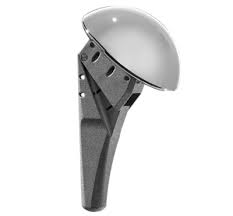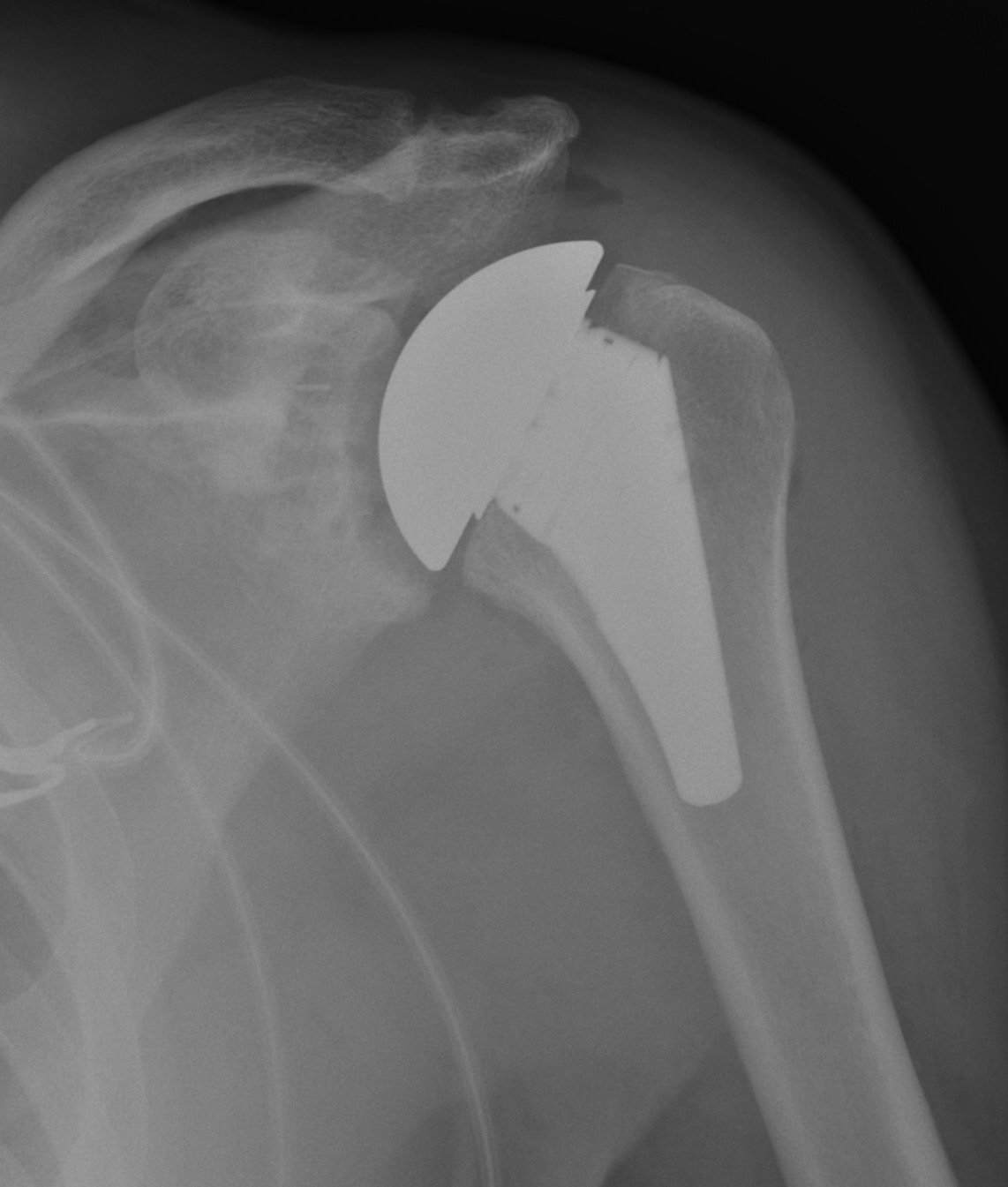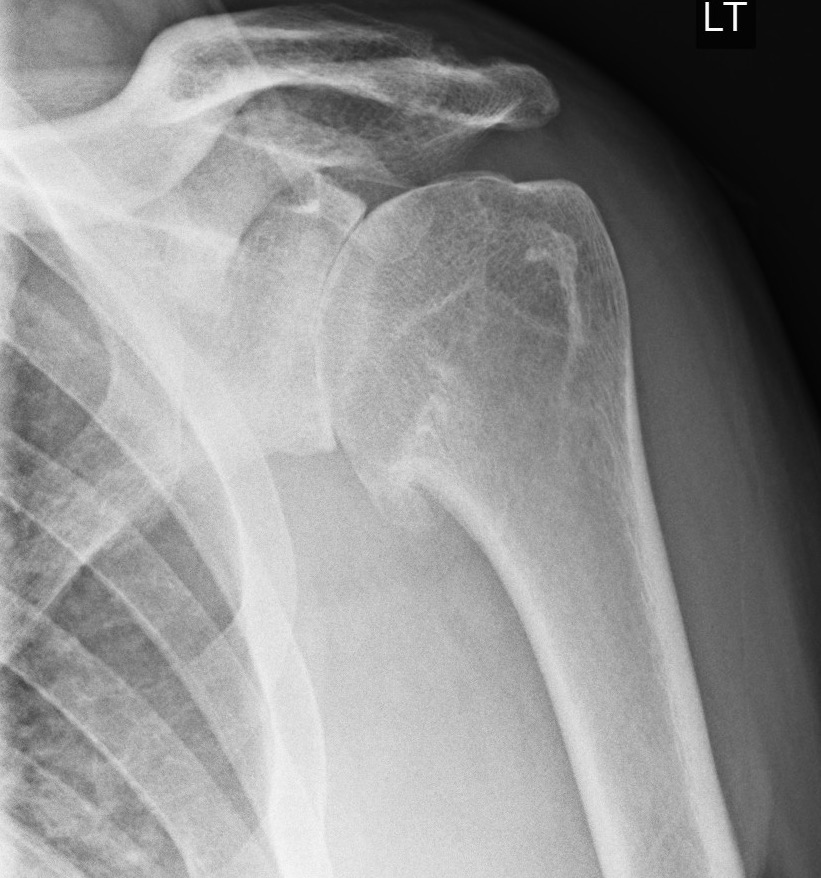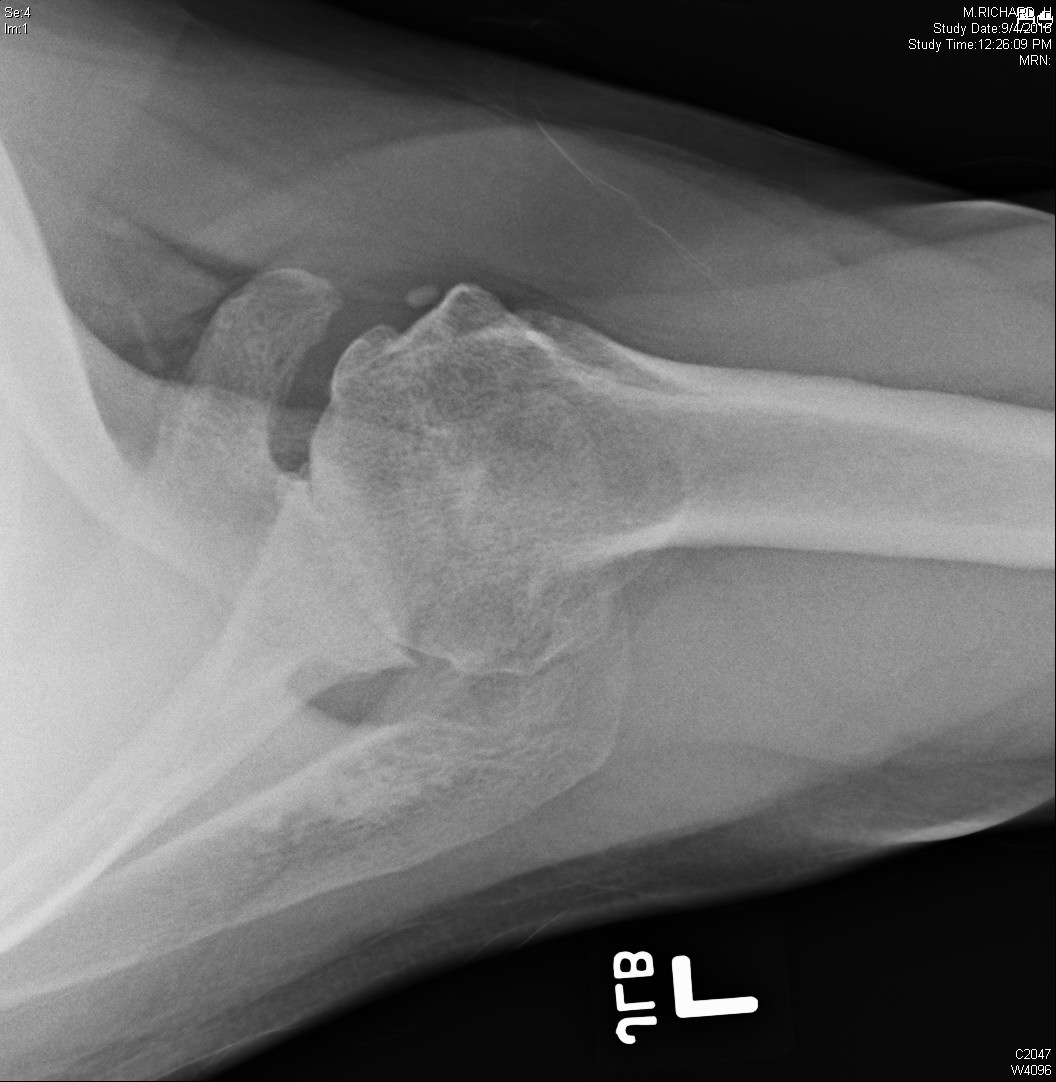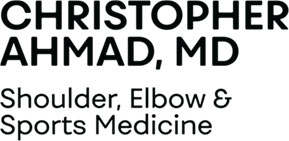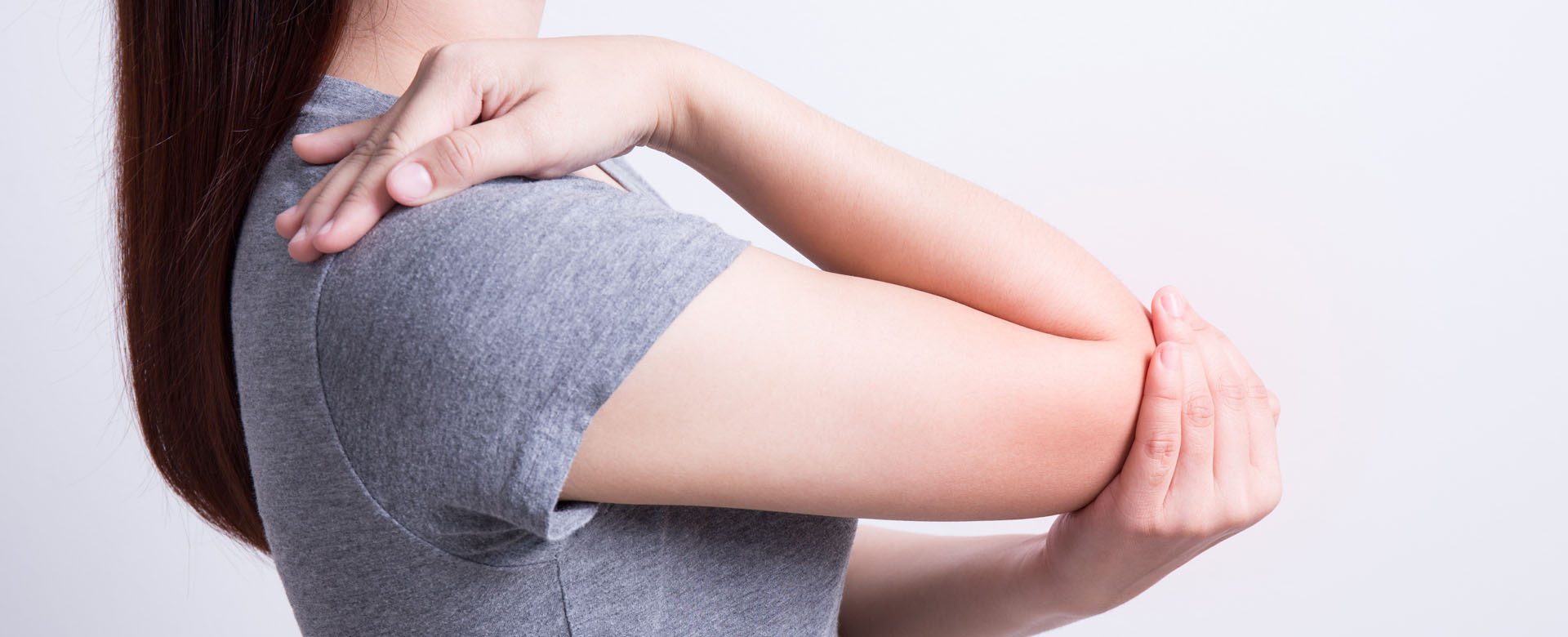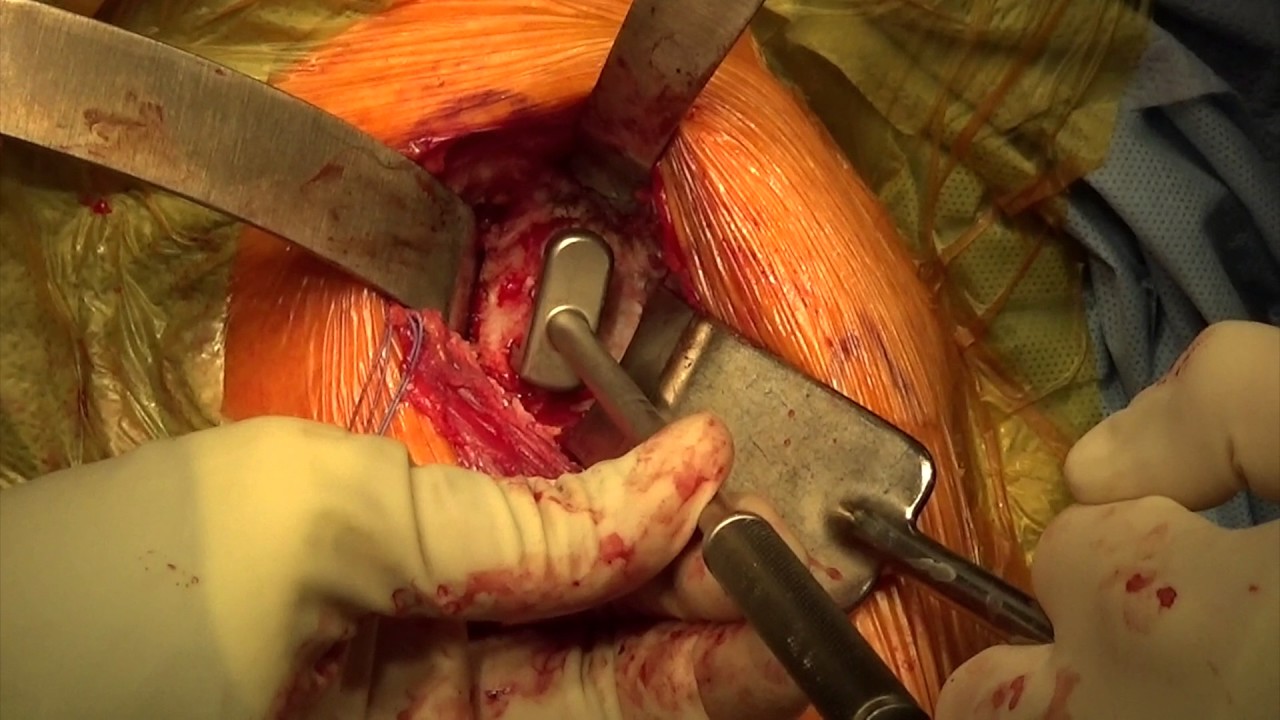Overview
When it comes to possibly needing shoulder arthroplasty, or replacement—there are a number of different options for each patient situation. This page’s information will focus on what is commonly referred to as a TSA, or Total Shoulder Arthroplasty. This procedure includes surgery for the placement of a prosthesis made of humeral and glenoid components. The surgery can last hours, and as a result will require patient sedation along with regional anesthesia.
The Shoulder is: A ball-and- socket joint consisting of the humerus (ball), clavicle (collarbone), and scapula (shoulder blade). The joint’s socket is formed by a shallow grove called the glenoid, and is where the humerus connects.
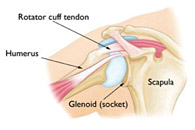
The Facts on Total Shoulder Arthroplasty:
Replacement is not for everyone, necessity depends on severity Surgery can last for more than 2 hours depending on the shoulder The humeral prosthesis component is made up of cobalt chromium-based alloys or titanium The glenoid component is made of high-density polyethylene (plastic) Patients should expect at least a year of recovery time before complete recovery
Evaluation by Team Ahmad
Replacement is not for everyone, and is administered on a case-by- case basis. Criteria for replacement surgery include:
- Failed non-operative treatment
- Severe Pain
- Severe Stiffness
- Severe loss of motion due to osteoarthritis
Treatment Options
Surgical
Dr. Ahmad and his team will recommend surgery if necessary. Total Shoulder Arthroplasty will involve the insertion of a prosthetic shoulder that consists of a replacement humerus and glenoid.
A successful surgery and careful recovery will get you on the path toward regaining mobility and strength in your shoulder.
A Total Shoulder Arthroplasty is: A shoulder replacement surgery performed under regional anesthesia and patient sedation, that features the replacement of the humerus and glenoid.
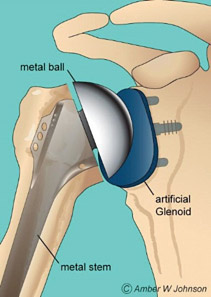
Rehabilitation and Recovery
All patients should anticipate spending an additional day in the hospital after their operation, some may require two. Physical therapy to rehabilitate the shoulder will be scheduled to begin as soon as possible after you are discharged from the hospital. In addition to physical therapy, patients will also need to wear a sling for four to six weeks upon discharge.
When patients are focused and dedicated throughout the early phases of rehab and recovery, it is common for range of motion to be nearly restored six weeks after surgery, with significant progress experienced by the 6 month mark.
